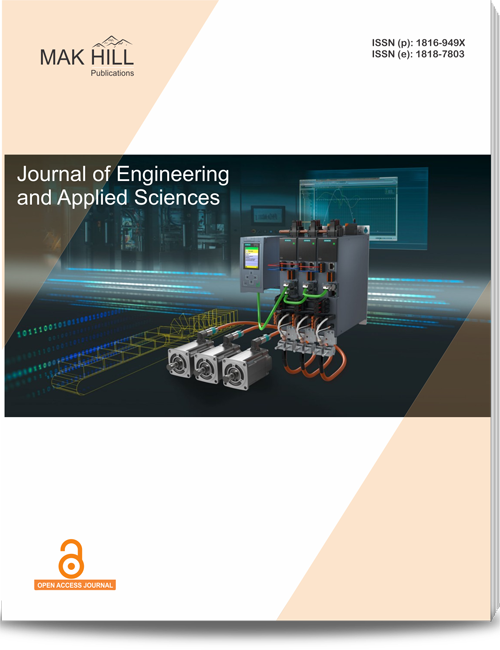
Journal of Engineering and Applied Sciences
ISSN: Online 1818-7803ISSN: Print 1816-949x
95
Views
0
Downloads
Effectiveness of Allium sativum L. Ethanol Extract on the Growth of Trichophyton rubrum, Trichophyton mentagrophytes, Candida albicans and Candida tropicalis
Erfan Roebiakto, Ratih Dewi Dwiyanti, Rifqoh , Dhania Rossari, Leka Lutpiatina and Ayu Tiara Raniesty
Page: 8420-8424 | Received 21 Sep 2022, Published online: 21 Sep 2022
Full Text Reference XML File PDF File
Abstract
Treatment of Trichophyton sp. and Candida sp. infections can do with various antifungal drugs, one of which is Allium sativum L. This herb contains Allicin, flavonoids, tannins, saponins and essential oils that function as antifungals. The research objective was to compare the effectiveness of Allium sativum L. ethanol extract on the growth of Trichophyton rubrum, Trichophyton mentagrophytes, Candida albicans and Candida tropicalis. Type of experimental research with the design of the post-test only control group design. The independent variable was the concentration of ethanol extract of Allium sativum L. and the dependent variable growth of Trichophyton rubrum, Trichophyton mentagrophytes, Candida albicans and Candida tropicalis. The statistical test used was Mann-Whitney. Antifungal activity test was carried out by liquid dilution method with a concentration of 2.5, 5, 7.5, 10, 12.5, 14, 15, 16, 17.5, 18, 20, 22, 24, 26 and 28 mg/mL the results showed that Minimum Inhibitory Concentration (MIC) against Trichophyton rubrum, Trichophyton mentagrophytes, Candida albicans and Candida tropicalis were 17.5, 5, 16 and 20 mg/mL Minimum Bactericidal Concentration (MBC) results against Trichophyton rubrum, Trichophyton mentagrophytes, Candida albicans and Candida tropicalis are 20, 7.5, 18 and 22 mg/mL. Based on the Mann-Whitney Trichophyton rubrum and Trichophyton mentagrophytes test, a synergistic value of 0.037 (p<0.05) obtained at a concentration of 7.5 mg/mL up to 15 mg/mL. Candida albicans and Candida tropicalis a significance value of 0.037 (p<0.05) at a concentration of 18 mg/mL.
How to cite this article:
Erfan Roebiakto, Ratih Dewi Dwiyanti, Rifqoh , Dhania Rossari, Leka Lutpiatina and Ayu Tiara Raniesty. Effectiveness of Allium sativum L. Ethanol Extract on the Growth of
Trichophyton rubrum, Trichophyton mentagrophytes, Candida
albicans and Candida tropicalis.
DOI: https://doi.org/10.36478/jeasci.2019.8420.8424
URL: https://www.makhillpublications.co/view-article/1816-949x/jeasci.2019.8420.8424